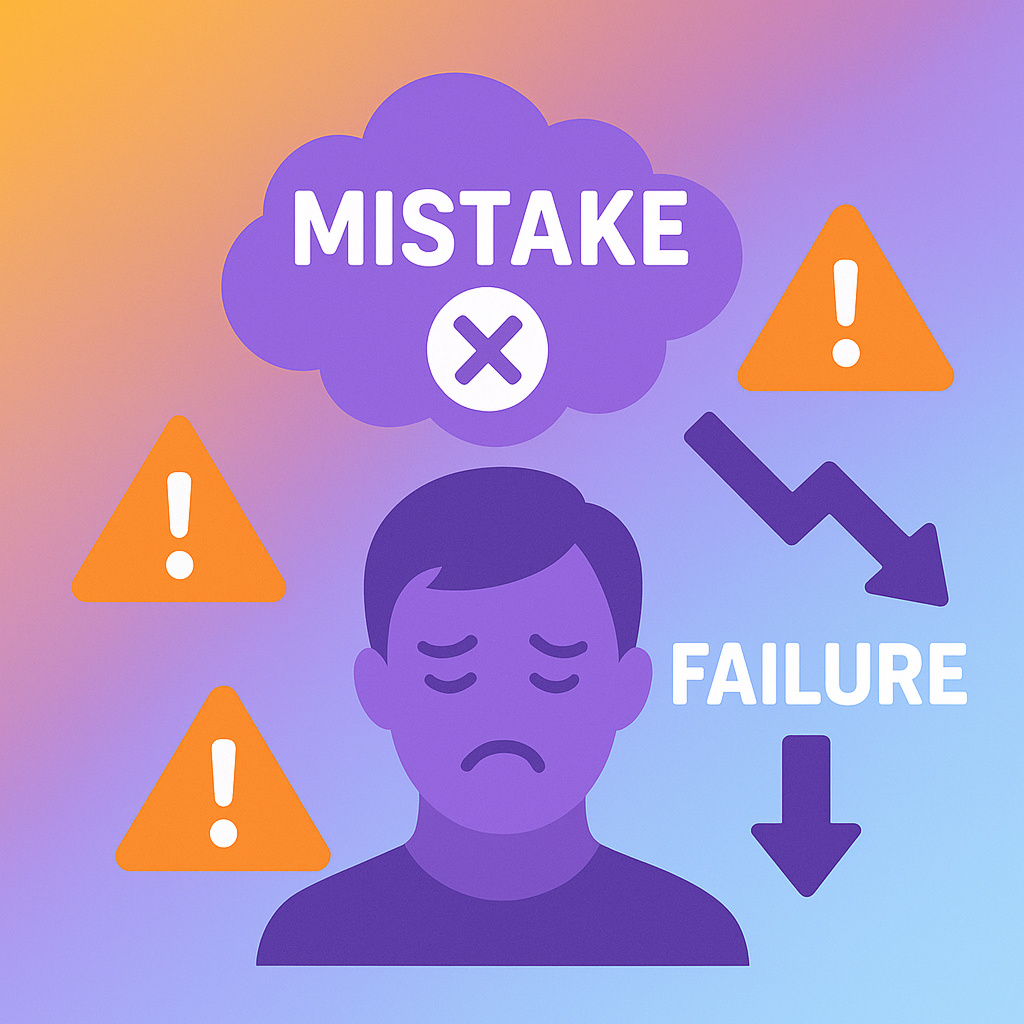
5 COI Mistakes That Cost the Business Time, Money, and Trust
Certificates of Insurance (COIs) look harmless.
One tidy page. A few boxes. A signature.
Easy, right? If only.
Behind that single sheet lurk details that can make or break your insurance contract and your project. One missed date, one wrong name, or one missing endorsement, and suddenly you’re the one footing the bill.
The good news? Most insurance certificate mistakes are predictable. And preventable.
Here are the top certificate of insurance mistakes and how to avoid them like an experienced professional.
Mistake #1: Taking the COI at Face Value
A COI is the trailer. The endorsements are the full film.
That “Additional Insured Status” box checked on the form? Meaningless without the actual endorsement.
Mini-Story:
A general contractor once trusted a “checked box” without asking for proof. When a claim hit, the coverage provideddidn’t include that jobsite. The company paid hundreds of thousands out of pocket, all because they assumed the COI told the full story.
How to Spot It:
- Always request certificates directly from the insurance broker or independent insurance agents.
- Verify endorsement language matches your specific requirements.
- Remember: no endorsement = no insurance coverage.
Mistake #2: Letting Names Slide
If the COI lists “ABC Construction” but your construction contract is with “ABC Construction LLC,” you might not be protected under the liability insurance policies.
Think TSA: “Bobby” and “Robert” aren’t the same name on a boarding pass and insurance professionals are just as strict.
Mini-Story:
A certificate holder accepted a COI for “Smith Roofing” when their contract was with “Smith Roofing & Sons, Inc.” The insurer denied the claim due to mismatched entities. Months of legal back-and-forth followed, over something that could’ve been fixed in minutes.
How to Spot It:
- Cross-check insured names against related parties in every insurance contract.
- Don’t accept “d/b/a” without confirmation from the insurance agents.
- Ask vendors to correct and reissue certificates if anything is off.
Mistake #3: Missing Endorsements
The COI says you’re covered. The endorsement says otherwise.
Mini-Story:
A vendor’s COI listed the client as Additional Insured, but the endorsement only applied to a separate project. When a claim occurred, the coverage provided didn’t extend to the active job. The liability fell entirely on the client.
How to Spot It:
- Confirm endorsements for Additional Insured, Waiver of Subrogation, and Primary & Non-Contributory are attached.
- Compare endorsement language to your policy terms and insurance requirements.
- Don’t let work begin until endorsements are in hand.
Mistake #4: Believing “One Size Fits All” Limits
A $1M policy on a $5M build is like bringing a pool noodle to a sword fight.
Mini-Story:
A developer accepted a vendor with minimal liability insurance policies on a multimillion-dollar project. When an injury occurred, costs exceeded the limits and the developer absorbed the rest.
How to Spot It:
- Tier insurance requirements by vendor type, risk level, and coverage provided.
- Use a simple matrix for construction contracts (low, medium, high).
- Review annually with experienced professionals or your insurance industry partners.
💡 OSHA estimates workplace injuries cost U.S. businesses $167 billion annually, proof that adequate coverage isn’t optional.
Mistake #5: File It and Forget It
Policies expire. Vendors change carriers. Treating COIs as “one and done” is like watering a plant once and expecting it to thrive.
Mini-Story:
A project manager filed COIs without tracking expiration dates. Six months later, a major claim hit and the vendor’s policy had lapsed. No active coverage, no protection.
How to Spot It:
- Automate tracking for expiration dates and renewal alerts.
- Use dashboards to monitor compliance across many insurers and projects.
- Escalate exceptions for manual review by insurance professionals.
From Common Issues to Confident Coverage
Every COI mistake ripples outward:
- Financial: Uninsured claims destroy budgets.
- Operational: Projects stall when documents fail review.
- Reputational: Partners lose trust in your risk management.
But once you understand the common issues, you can build real resilience.
Here’s what mastery looks like:
- Endorsements verified and attached, no guesswork.
- Policy terms align with construction contracts.
- Certificate holder names and related parties match exactly.
- Expiration dates never sneak up on you.
- Every vendor, every project, every insurance requirement covered.
That’s not just less risk.
That’s protection, precision, and peace of mind.
How illumend Simplifies COI Compliance
illumend eliminates the chase for insurance forms and missing endorsements.
With automation built on 15 years of insurance industry expertise, the platform:
- Tracks and verifies liability insurance policies in real time.
- Flags common issues before they become costly.
- Standardizes communication between insurance agents, brokers, and certificate holders.
- Delivers alerts when specific requirements, endorsements, or expiration dates are at risk.
It’s the difference between managing paperwork and mastering protection.
illumend helps general contractors, insurance professionals, and independent insurance agents turn risk management into an advantage, ensuring every insurance certificate is accurate, compliant, and complete.
Bottom Line
Whether you’re reviewing construction contracts or requesting updates from insurance agents, precision matters.
Don’t let a missing endorsement or outdated insurance certificate put your project or your reputation on the line.
Partner with illumend and let Lumie™, your AI-powered compliance guide, handle the details, from issuing certificates to tracking coverage provided across every vendor and policy.
Because when accuracy meets automation, every project stays protected.
